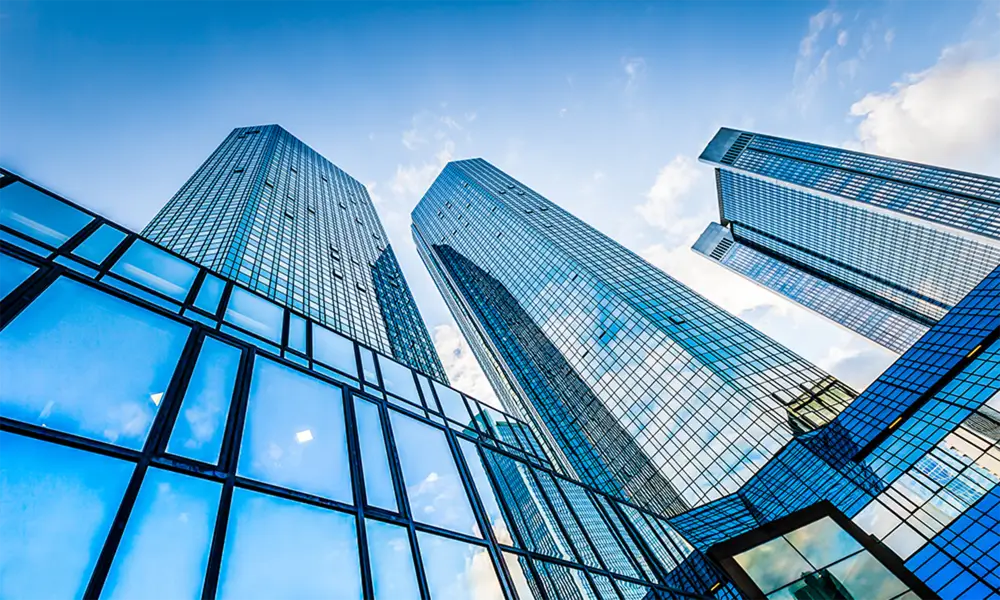

The Advantages of Heat Reflective Glass in Modern Architecture
In recent years, the demand for energy-efficient building materials has surged due to awareness of environmental issues and the rising costs of energy. One innovative solution that has gained popularity is heat reflective glass. This type of glass not only enhances a building's aesthetic appeal but also contributes significantly to energy conservation.
Heat reflective glass is designed to reflect a substantial portion of solar radiation while allowing visible light to pass through. Typically coated with a thin layer of metal or metallic oxide, it can reduce the amount of heat entering a structure. This property makes it an invaluable asset in hot climates, where air conditioning costs can skyrocket. By minimizing heat transfer, heat reflective glass helps maintain comfortable indoor temperatures, reducing the reliance on artificial cooling systems.
One of the primary benefits of heat reflective glass is its ability to enhance energy efficiency. According to various studies, buildings that incorporate this type of glass can achieve up to 30% greater energy savings compared to those with standard glazing. This is particularly beneficial not only in commercial buildings but also in residential properties, where homeowners are becoming increasingly conscious of energy conservation. Additionally, with the decreasing costs of advanced glazing technologies, heat reflective glass has become more accessible to a wider range of consumers.
In addition to energy efficiency, heat reflective glass also contributes to improved occupant comfort. Traditional window panes can lead to uncomfortable heat buildup in interiors, creating hot spots near windows. Heat reflective glass mitigates this issue by providing a more uniform temperature throughout the living or working space. By reducing glare and improving thermal performance, it creates a more pleasant and productive environment for occupants.

Another crucial advantage is the enhanced UV protection that heat reflective glass offers. By filtering out harmful ultraviolet rays, it helps protect furnishings, flooring, and artwork from fading and degradation. This is especially important in spaces where natural light is abundant, such as galleries, showrooms, or homes with large windows. The durability of the glass also means it requires less frequent replacement, contributing to the longevity of the building’s materials and overall structure.
From an aesthetic standpoint, heat reflective glass can add a modern and sophisticated look to any architectural design. Available in various colors and finishes, it provides architects and designers with versatile options for creating visually appealing facades. This glass can reflect surrounding landscapes, making buildings blend seamlessly into their environment while also creating dynamic visual effects as the sun moves across the sky.
In the context of sustainability, using heat reflective glass aligns perfectly with contemporary green building standards. Many regions and countries have established stringent energy codes demanding reduced energy consumption in building designs. By incorporating heat reflective glass, architects can help build structures that meet or exceed these compliance requirements. Additionally, the reduced demand for energy contributes to lower carbon emissions, further aiding the fight against climate change.
In conclusion, heat reflective glass is a transformative material that offers numerous benefits for modern architecture. From enhancing energy efficiency and occupant comfort to providing UV protection and aesthetic appeal, it represents a forward-thinking solution for contemporary building design. As the architectural landscape continues to evolve with sustainability at its core, the role of heat reflective glass is likely to become even more significant, paving the way for a more energy-conscious future. By choosing heat reflective glass, builders and homeowners can contribute diligently to the protection of the environment while enjoying the immediate advantages of a more comfortable and efficient living space.